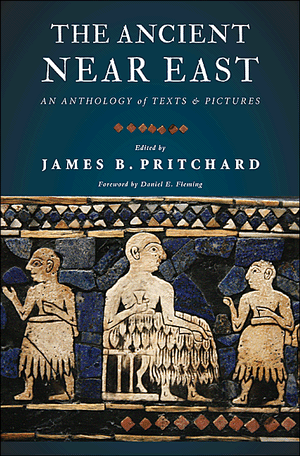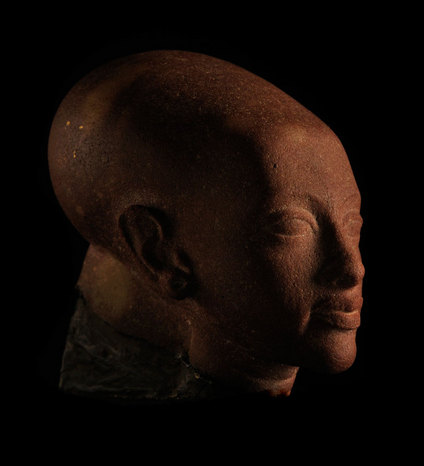Princeton University Press has released a new, single-volume edition of The Ancient Near East: An Anthology of Texts and Pictures, edited by James B. Pritchard. It is available in hardback ($81 at Amazon) or paperback ($26 at Amazon).
 With more than 130 reading selections and 300 photographs of ancient art, architecture, and artifacts, this volume provides a stimulating introduction to some of the most significant and widely studied texts of the ancient Near East, including the Epic of Gilgamesh, the Creation Epic (Enuma elish), the Code of Hammurabi, and the Baal Cycle. For students of history, religion, the Bible, archaeology, and anthropology, this anthology provides a wealth of material for understanding the ancient Near East. (publisher’s website)
With more than 130 reading selections and 300 photographs of ancient art, architecture, and artifacts, this volume provides a stimulating introduction to some of the most significant and widely studied texts of the ancient Near East, including the Epic of Gilgamesh, the Creation Epic (Enuma elish), the Code of Hammurabi, and the Baal Cycle. For students of history, religion, the Bible, archaeology, and anthropology, this anthology provides a wealth of material for understanding the ancient Near East. (publisher’s website)
When we heard about this, we thought there might be a few questions.
Q: What’s the difference between this and ANET?
A: ANET is short for Ancient Near Eastern Texts Relating to the Old Testament. It was also edited by J. Pritchard, but it is larger and contains more texts. The first edition of ANET was published in 1950, the second edition in 1955, and the third edition in 1969.
Pritchard also published a companion volume to ANET entitled The Ancient Near East in Pictures Relating to the Old Testament, commonly known as ANEP. The first edition of ANEP was published in 1954 and a second edition was published in 1969.
Pritchard subsequently edited two volumes of anthologies which are abridgments of ANET and ANEP. The first volume, The Ancient Near East, An Anthology of Texts and Pictures, was published in 1958, and the second volume, The Ancient Near East, A New Anthology of Texts and Pictures, was published in 1975.
This new Princeton edition has combined and reformatted the material of these two abridged anthologies. From our perusal of chapter one in Amazon’s “Look Inside!” it appears almost nothing has changed, including even footnotes and cross-references to ANET and the Bible. The differences between this new volume and ANET are: (1) ANET and ANEP contain more translated texts and pictures, (2) they cost a lot more, and (3) the layout of this new anthology will make it easier to find what you are looking for.
Q: Where can I find more information about this?
A: The Princeton University Press page includes the table of contents and a pdf of chapter one, which is John Wilson’s translations of “Egyptian Myths and Tales.” You can also read portions at Amazon and at Google Books.
While we’re on the subject of anthologies of ancient text translations, Kevin Edgecomb a few years ago helpfully compiled a comparison chart listing the translations included in ANET and COS. The chart shows that ANET includes many texts that did not make it into COS. According to Edgecomb’s blog, ANET has 221 texts not included in COS, and COS has 525 texts not included in ANET.

